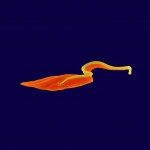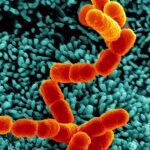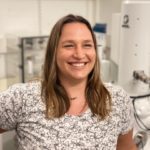Link to Pubmed [PMID] – 35638546
Link to DOI – 10.1002/bies.202200031
Bioessays 2022 May; (): e2200031
Cilia are unique eukaryotic organelles and exhibit remarkable conservation across evolution. Nevertheless, very different types of configurations are encountered, raising the question of their evolution. Cilia are constructed by intraflagellar transport (IFT), the movement of large protein complexes or trains that deliver cilia components to the distal tip for assembly. Recent data revealed that IFT trains are restricted to some but not all nine doublet microtubules in the protist Trypanosoma brucei. Here, we propose that restricted positioning of IFT trains could offer potent options for cilia to evolve towards more complex (addition of new structural elements like in spermatozoa) or simpler configuration (loss of some elements like in primary cilia), and therefore be a driver of cilia diversification. We present two hypotheses to explain how IFT trains could be restricted to some doublets, either by a triage process taking place at the basal body level or by the development of molecular differences between ciliary microtubules.




